My mother was born in 1906. She had many memories of Cherokee County, the way it was when she was a child. One of the things she remembered was the abundance of fresh, clean water. These are her words, her story as she told it to me. P. S. This is my own opinion here–I think it should be illegal to stop up a free-running spring and certainly illegal to desecrate it in any way.
Green country used to be a land of many springs. Our hills and hollows had springs and branches running down the hollows. It was free range then and cattle and horses roamed the hills and hollows. There was lots of grass and an abundance of water.
On the Latty farm, there were three springs. The spring that supplied the house, barn, and pastures is still running today but the branch bed has filled up and does not run as strongly as it used to. There was a spring north of the home spring with a good, strong branch. It had a few deep pools and swift riffles. During a heavy rain, it overflowed, joining the branch below the home spring, creating a small creek and causing the home spring to be unusable for a short time.
The third spring was near the river bottom fields. It ran from under a small bank. Not very deep but had a wide, shallow branch that ran into the river. A family used to live near this. The water was good and cold and the branch, just right to wade. No rocks. A strange thing about this spring–when Barron Fork Creek, which was at least seven miles away, was in flood stage, the water in this spring became muddy.
On the way to town, there were springs along the road where people could get a drink of water. One such spring was between the Barron Fork bridge and Welling. It flowed from the base of a small bluff. The water was cold, with a small branch running across the road. When we stopped for a drink and there was no cup at the spring, Papa rolled the brim of his hat, making a cup from which we could drink. Spills didn’t matter.
There was a deep, walled spring between Welling and Tahlequah too.
The spring on the NSU campus was once open to the public and an ideal place for farmers and families to eat their lunches. A nearby wagon yard provided a place to leave teams and wagons till shopping was finished and the ride home began with a rested team.

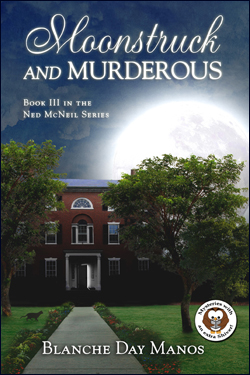
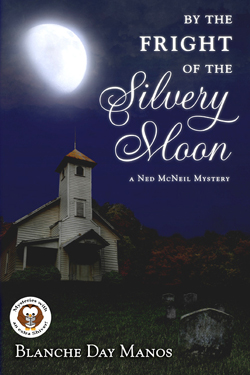
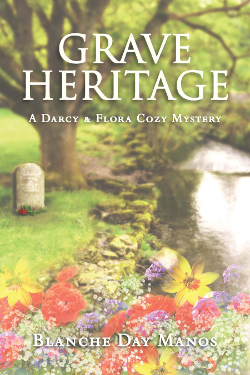

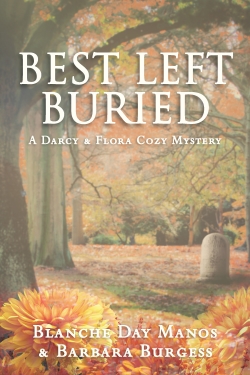
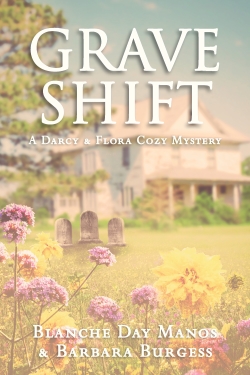
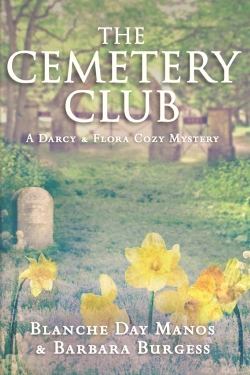
Very nice! Having grown up in northern Cherokee County, I have also known of several springs. I am 75 years old. We live up at Lowrey and since we are on top of the hills there are no springs here at our place, the property where I was born.
When we went to town we had several dirt roads coming down off the hills in order to reach Highway 10 which was also a dirt road back then. We often stopped at Pumpkin Spring for a cool drink.
Relatives lived at the bottom of Saw Mill Hill. Their water supply came from a spring behind their house.
My grandparents lived at the top of Peavine Holler and they had to go all the way down to the bottom of the holler to a large spring. Later on, moonshiners had a still hidden up in the brush and got their water for the moonshine from that same spring.
My parents courted at a spring down the hill. His parents lived on one side of the holler and my mother’s parents lived on the other side. These families had a waterboy that lifted the buckets of water up from the spring at the base of the holler.
Thank you for bringing back memories of days gone by. Most of the springs are now so trapped under heavy underbrush that it would take a machete to get to them and at least one has dried up.
Thank you, Sandra. I so enjoyed your post. I’m glad you have/had all those springs. They are so important. You have wonderful memories. Have you put them in a book? If you haven’t, I encourage you to do that. Once again, thank you for writing.
Nowadays a person doesn’t know what harmful materials could be lurking in springs.
Sadly, that’s true,